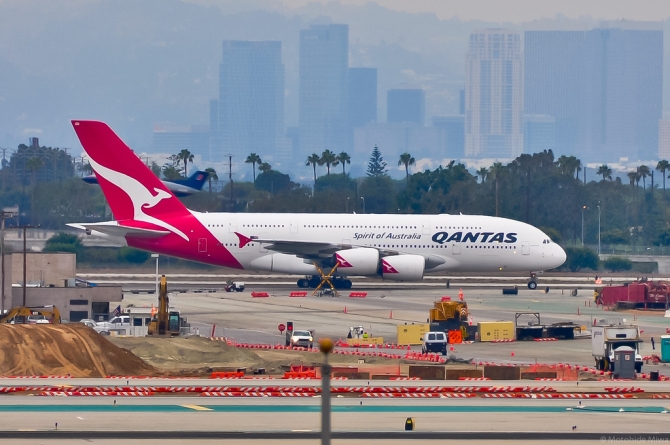As the global economy continues to strengthen, businesses and investors are taking notice of overseas opportunities which could prove to be extremely profitable. This has led to a boom in business travel which, paired with an increase in international tourism, has led many countries to seriously consider upgrading their airport facilities.

The UK has still not reached a decision whether to build a new hub airport in London or expand existing facilities at Heathrow. On the other hand, Australia has pushed ahead in providing a second international airport for Sydney. The government this week approved plans for a £1.4 billion project to construct the facility in Badgerys Creek, with Prime Minister Tony Abbott confirming that planning and design work will begin immediately.
Following this initial stage of the process, construction is expected to begin on the site in early 2016. The funding for the project will come mostly from the private sector, with businesses from across the country expected to contribute enthusiastically for the chance to further improve Australia’s economy.
One such business is Qantas, Australia’s national carrier, which welcomed the announcement. Chief executive Alan Joyce believes the benefits will spread from Sydney throughout the country as a result of improved access to and for Australian business locations.
He says; “Sydney is the key gateway for air traffic in and out of Australia and the benefits of having two major airports will be felt nationwide.
“We look forward to being part of this process as Badgerys Creek moves closer to reality.”
Going by early estimates, the airport is not expected to be used commercially until the mid-2020s. However, this delay will be more than made up for if Mr Abbott has his way, as he wishes to operate the airport in a curfew-free manner.
At present, Sydney’s Kingsford Smith Airport operates with a curfew between 23:00 and 06:00 every day, being only 8 kilometres from the city. However, with Badgerys Creek being considerably more distant at 45 kilometres outside the city limits, 24 hour flights would allow for a much greater volume of air traffic.
Australian officials have been debating the need for a second airport in Sydney for around 70 years now. In fact, Badgerys Creek was considered as a prime site as far back as 1946.
Now that the new airport has finally been confirmed, businesses in Sydney will no doubt be thinking carefully about how this will impact upon their international prospects. Should all go well, perhaps this will be the incentive the British government requires to speed up London’s hub airport scheme.